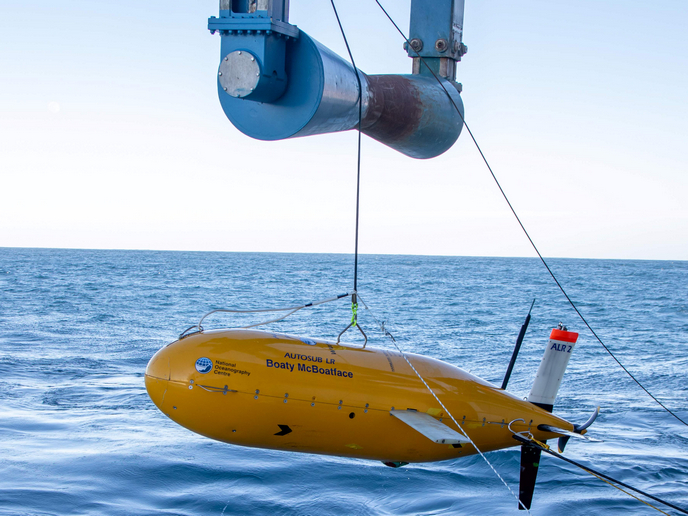Shining new light on the ocean’s contents and processes
Our ability to sustainably manage the global ocean is essential to biodiversity conservation, climate action, food security and even renewable energy and human health. Ocean science can support this with data that helps us understand the present and predict future conditions that affect ocean health. The EU-funded TechOceanS(opens in new window) project has identified critical gaps in ocean monitoring and developed new or improved technologies(opens in new window) to fill them. They cover at least 12 of the 19 biogeochemical and biology and ecosystems essential ocean variables(opens in new window) and at least 39 of 73 subvariables, as well as litter, plastics, biotoxins, parasites, pathogens and organic pollutants.
The carbonate system and ocean nutrients
CO2 measurement is a priority for ocean chemistry. TechOceanS developed an in situ sensor using time-resolved fluorometry to remotely measure the rate at which the oceans fix CO2 using sunlight (photosynthesis or primary productivity). “The new sensor is 72 % more compact, requires 80 % less power (less than two Watts) and can operate in much deeper waters (2 000 m versus 600 m) compared to previous versions. It will enable comprehensive measurements of ocean primary productivity for the first time,” explains project coordinator Matt Mowlem of the National Oceanography Centre(opens in new window). Improved microfluidic chemical sensors can measure two parameters simultaneously. They will enable remotely measuring dissolved CO2 (complementing pH or acidity) via paired total alkalinity and dissolved inorganic carbon measurements. They will also measure important ocean nutrients such as nitrate/phosphate and phosphate/silicate.
Biological populations, organic materials and habitats
“To ascertain which species are present and their abundance in specific areas, TechOceanS adapted and optimised a cartridge-based nucleic acids sampler to be simpler and more robust whilst taking more samples. Now commercially available from McLane Research Laboratories (USA), it can capture both DNA shed from large and smaller whole organisms,” Mowlem states. This should help scientists answer questions about the abundance, diversity and distribution of marine organisms including phyto-and zooplankton, microbes, microalgae, invertebrates, fish, turtles, birds, mammals, coral, seagrass and mangrove. An in situ sensing concept for high-capacity measurement of organic materials (hundreds to potentially thousands of measurements) including pollutants, toxins and nucleic acids was also developed. It uses reagents in solid, powder or gel form, extending lifetimes from hours to months compared to reagents in solution.
Phytoplankton and microplastics
The Underwater Vision Profiler 6 (UPV6) is an existing quantitative imaging sensor used to monitor large particulate matter and plankton. TechOceanS developed UVP6m, which reduced the minimum size for particle detection to 10 µm and for classification to 100 µm. “The sensor has been integrated with two types of ocean glider using SIRMA™, a smart device that transforms a conventional cable assembly into an intelligent processing unit. Automated image processing and edge computing are under development,” notes Mowlem. Together, these outcomes will address key gaps in identifying marine organisms and monitoring habitats and litter. All protocols and data collection techniques contribute to the established open-access platforms Ocean Best Practices System(opens in new window) and Better Biomolecular Ocean Practices(opens in new window), and all project data will be made public at project end. TechOceanS has delivered a treasure trove of technologies and data that will support the ocean science community, industry, regulatory groups and policymakers work toward sustainable ocean management. “TechOceanS has assembled a highly skilled team of technology developers and application experts who are eager to hear from prospective collaborators, contributors, users and partners,” concludes Mowlem.







